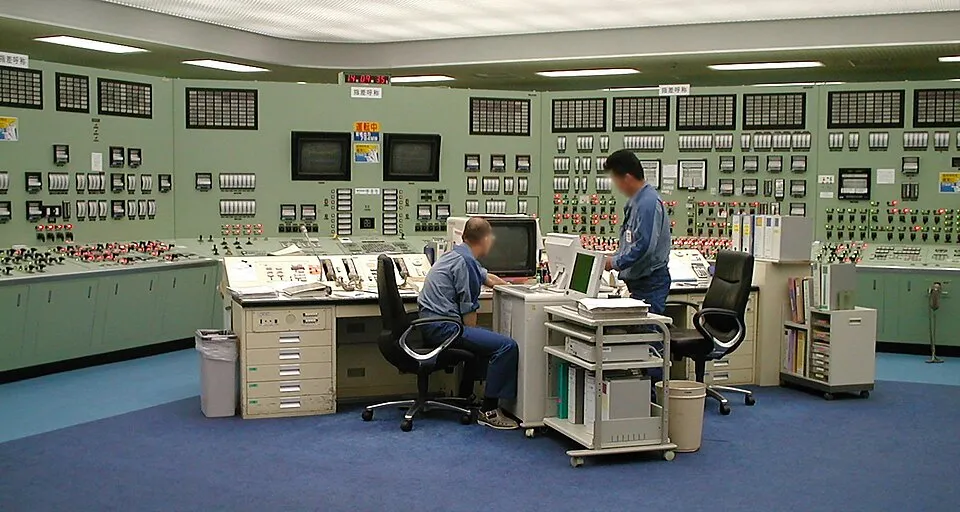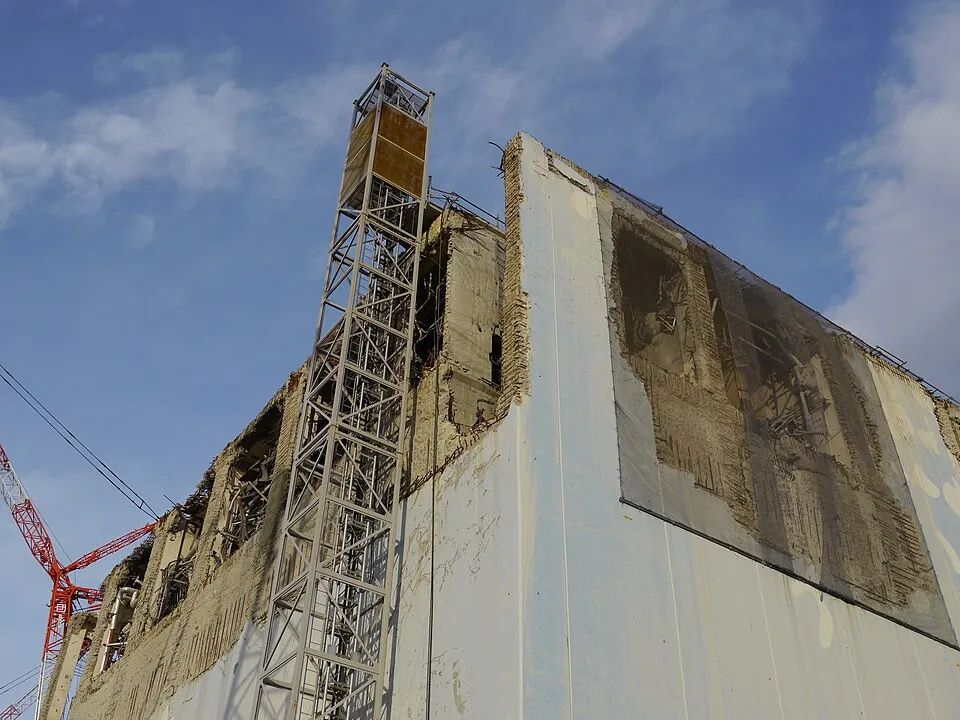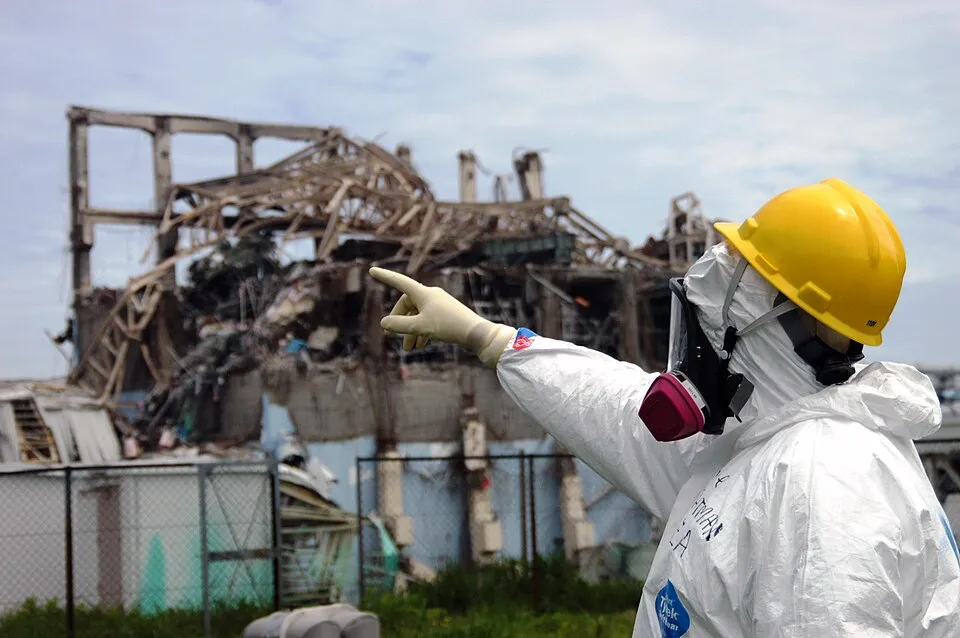Fukushima Nuclear Disaster 2011: What Happened and Why It Matters

Destruction caused by the tsunami that triggered the Fukushima nuclear disaster. Year: 2011. License: CC BY 2.0. link
The Fukushima nuclear disaster 2011 was one of the most shocking modern tragedies that combined nature’s fury with human technology. On March 11, 2011, Japan experienced a massive earthquake followed by a towering tsunami. These natural forces struck the Fukushima Daiichi Nuclear Power Plant, causing explosions, radiation leaks, and the evacuation of thousands of people. It became a turning point in how the world viewed nuclear energy. But what exactly happened in Fukushima, and why does it still matter today? Let’s take a closer look at the story through rare photographs and unforgettable details.
The Earthquake and Tsunami That Changed Everything
On March 11, 2011, Japan was hit by the Great East Japan Earthquake, a magnitude 9.0 quake that shook the country for six terrifying minutes. The earthquake alone caused widespread damage, but it was the tsunami that followed—towering waves reaching over 15 meters high—that brought devastation to the Tōhoku region. Entire towns were swept away, and the coastlines were reshaped in a matter of minutes.

Illustration showing the location of the March 11 earthquake that triggered the tsunami and Fukushima disaster. By W.Rebel. Year: 2011. License: CC BY-SA 3.0. link
Fukushima Daiichi Nuclear Power Plant was located right on the coast. When the tsunami surged inland, it overwhelmed the plant’s seawalls, flooded its backup generators, and knocked out cooling systems for multiple reactors. What should have been a controlled response to a crisis quickly spiraled into one of the worst nuclear disasters in history.
Inside Fukushima Daiichi: A Power Plant on the Edge
Before the disaster, the Fukushima plant was a symbol of Japan’s energy ambitions. Built in the 1970s, its reactors were designed to withstand earthquakes, but no one expected a tsunami of such magnitude. The control rooms, once buzzing with routine operations, became places of chaos and desperate decision-making. Operators struggled to restore power, cool the reactors, and prevent meltdown.

Operators’ control room inside Fukushima I Nuclear Power Plant. Year: 1999. By Kawamoto Takuo. License: CC BY 2.0. link
As hydrogen built up inside the reactors, explosions ripped through several buildings. The world watched in horror as news footage showed plumes of smoke and shattered reactor units. The once stable plant had become a danger zone. For many workers inside, the decisions were a matter of life and death—not just for themselves, but for millions living nearby.

Exterior of Fukushima I Nuclear Power Plant before the 2011 disaster. Year: 2002. By Kawamoto Takuo. License: CC BY 2.0. link
The Days of Explosions and Radiation
Between March 12 and March 15, 2011, the world held its breath. Hydrogen explosions tore through Units 1, 2, and 3, and fire broke out in Unit 4. These explosions released radioactive materials into the air and ocean. Maps of contamination began to spread, showing zones of high radiation extending well beyond the plant itself.

Technical diagram showing the sequence of accidents at Fukushima I reactors. By Sodacan. Year: 2011. License: CC BY-SA 3.0. link
Over 150,000 people were evacuated from the Fukushima area, many leaving their homes forever. The disaster brought global attention to nuclear safety, with countries worldwide rethinking their reliance on nuclear power. Germany, for example, accelerated its plans to shut down nuclear plants.

DigitalGlobe satellite image showing damage to Fukushima I reactors after March 2011 disaster. Year: 2011. License: Public Domain. link

Landscape view of damaged Fukushima Daiichi Reactor Unit 4. Year: 2011. By IAEA Imagebank. License: CC BY 2.0. link
International Response and Cleanup Efforts
The Fukushima nuclear disaster 2011 was not just a Japanese crisis—it was global. Experts from the International Atomic Energy Agency (IAEA) and nuclear specialists from multiple countries rushed to Japan to help assess the damage. Their presence symbolized international solidarity but also highlighted the scale of the problem.

UK nuclear inspector Mike Weightman during Fukushima site visit, 2011. By IAEA Imagebank. License: CC BY 2.0. link

International Atomic Energy Agency specialists visiting Fukushima Daiichi site. Year: 2011. By IAEA Imagebank. License: CC BY 2.0. link
The plant’s operator, TEPCO, faced heavy criticism for lack of preparedness and poor crisis management. Yet, in the following years, massive cleanup and decommissioning efforts began. Workers constructed hundreds of tanks to store contaminated water, robots were developed to inspect the melted fuel, and ice walls were built underground to contain radioactive leaks.
This decommissioning is expected to take decades, with some experts estimating it may last until the second half of the 21st century.

Abandoned neighborhood in Namie, near Fukushima, after evacuation. Year: 2011. By Steven L. Herman. License: CC BY-SA 3.0. link

Workers involved in Fukushima decommissioning process. Year: 2015. By IAEA Imagebank. License: CC BY 2.0. link
Why Fukushima Still Matters Today
The Fukushima nuclear disaster 2011 was more than a local tragedy—it was a global wake-up call. It showed the limits of human technology against nature’s power and reminded us of the risks tied to nuclear energy. Even today, Japan is managing radioactive water storage, long-term decommissioning, and rebuilding the lives of those displaced.
For those interested in history, technology, and resilience, Fukushima remains one of the defining moments of the 21st century. Like Chernobyl, it will be studied for generations as a lesson in crisis management, energy policy, and human survival.


